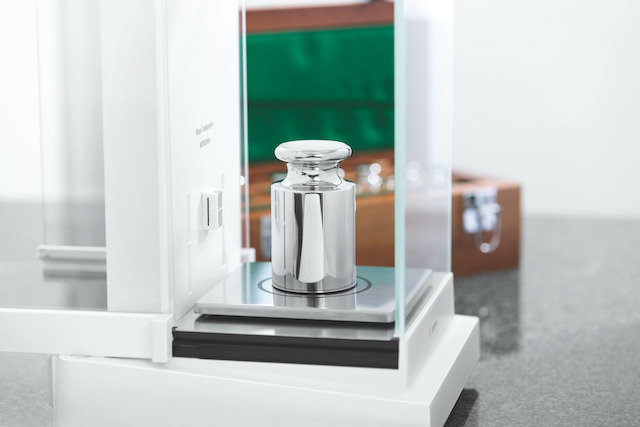
Adjusting a test weight will require careful attention to detail and adherence to correct procedures.
Class 1 weights have a very high level of accuracy and are used as a recognized reference standard. Adjusting these weights will require careful attention to detail and adherence to correct procedures. This article contains a general outline of this entire process. Read on to learn more!
Preparation and Environment
Work in a controlled environment with minimal air currents, temperature fluctuations, and vibrations. This will help with the test weights. Ensure the weighing equipment is correctly calibrated and clean, and wear appropriate personal protective equipment (PPE) like lab coats and gloves to prevent contamination.
Calibration Standards
Make sure you have a set of certified calibration weights that are traceable to international and national standards.
Adjustment Process
Place the class 1 weight to be adjusted onto a weighing pan of the calibrated balance.
Initial Weighing
Perform an initial weighing of the class 1 weight without making adjustments. Record the measured value from there.
Comparison
Compare the measured value with a nominal or desired value of the class 1 weight. The nominal value should be mentioned on the weight or its accompanying documentation.
Adjustment Calculation
Calculate the difference between the measured value and a nominal value. This difference represents the adjustment needed.
Adjustment Procedure
Depending on the direction of adjustments, add or remove smaller quantities of material from the weight. Adjustments may involve removing or adding small metallic shavings, all depending on the construction of the weight.
Incremental Adjustments
Make incremental adjustments to avoid over-adjustment. Frequently re-weigh the weight during the whole adjustment process.
Verification
After every adjustment, re-weigh your class 1 weight to see if the measured value is closer to the nominal value.
Iterative Process
Continue the adjustment process until the measured value is close to the nominal value. This may involve various adjustments and re-weighing the steps.
Final Verification
The adjustment process is complete once the measured value matches the nominal value within an acceptable tolerance.
Documentation
Maintain detailed records of the adjustment process, including an initial measured value, adjustments made, final measured value, and deviations from a nominal value. It is essential to know that the adjustment process for class 1 weights requires a much higher level of expertise and precision. Depending on the location and industry, specific regulations and guidelines may exist. If you are not experienced with this process, contact the Lab People!
FOR ALL ISO 17025 CALIBRATION SERVICES, CONTACT LAB PEOPLE TODAY
Lab People Inc. is a trusted provider of laboratory equipment, services, supplies, and rental equipment for you and your laboratory. As an ISO 17025 accredited service organization, we stand behind our services with 100% satisfaction guaranteed for all our customers. We offer on-site and off-site calibration services for balances, pipettes, moisture analyzers, force measurement, test weights, and more. Services include preventative maintenance, SQ-Min, IQOQ, repairs, legal for trace/placed in service, verification, and more.
For more information about how we can assist you, visit our website, email us, or call us at 1-800-296-2001!
